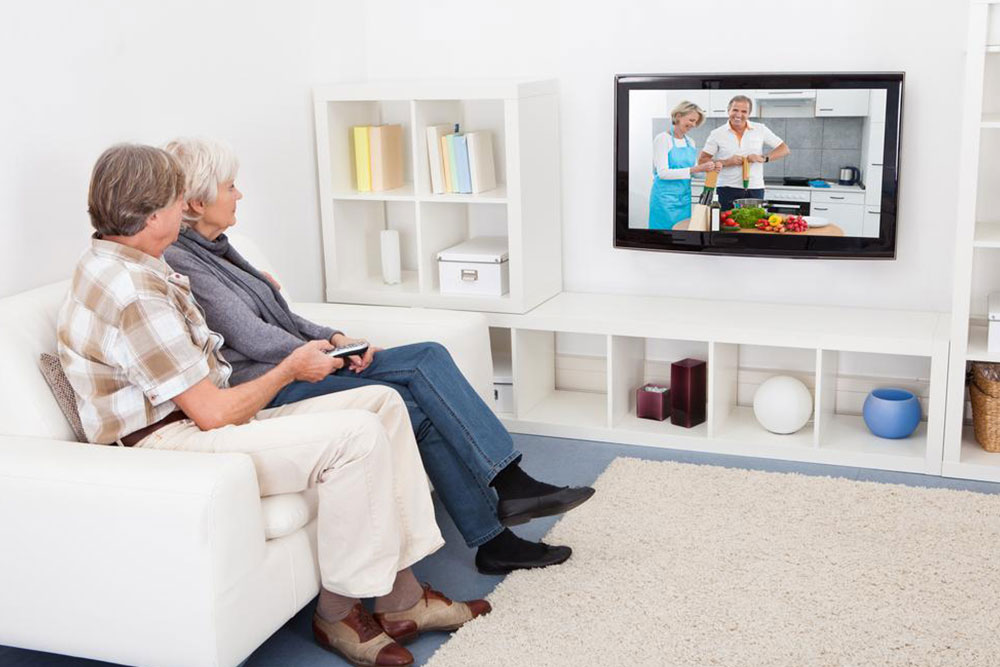Comprehensive Guide to Senior Independent Living Communities: FAQs and Insights
Senior independent living communities offer an independent, active lifestyle for seniors over 55. They provide safety, healthcare access, recreation, and social interaction, making aging enjoyable and stress-free. Costs vary by location and amenities, with top providers like Brookdale, Sunrise, and Five Star. This guide covers everything seniors and families need to know about choosing the right community for a comfortable, engaging retirement.

Comprehensive Guide to Senior Independent Living Communities: FAQs and Insights
As the aging population continues to grow, more seniors are seeking comfortable, convenient, and engaging living arrangements that allow them to maintain their independence while accessing essential services. Senior independent living communities, also known as retirement communities, have emerged as an excellent choice for seniors over the age of 55 who want to enjoy an active lifestyle without the hassles of homeownership. These communities offer a supportive environment that balances social opportunities, healthcare access, safety, and leisure amenities. In this detailed guide, we explore the most frequently asked questions about these living arrangements, covering costs, benefits, services, and popular providers to help families and prospective residents make informed decisions.
What exactly are senior independent living communities, and who are they for?
Senior independent living communities are specially designed residential environments tailored for active seniors who prefer a maintenance-free lifestyle. Unlike assisted living facilities, these communities typically do not offer extensive personal care services but focus on providing residents with a comfortable, engaging environment to live autonomously. They are ideal for seniors who are able to manage their daily routines independently but desire access to communal amenities, social activities, and healthcare support when necessary. These communities help seniors enjoy their golden years by providing a blend of privacy and social interaction.
What benefits do senior independent living communities offer to older adults?
Enhanced Lifestyle and Reduced Stress: Living in these communities allows seniors to enjoy a relaxed, stress-free environment. With household chores, repairs, and maintenance taken care of by staff, residents can focus on hobbies, socialization, and personal wellness.
Safety and Security: Many communities prioritize security through controlled access, gated entrances, surveillance cameras, and on-site security personnel, ensuring residents feel safe at all times.
Proximity to Healthcare: Access to healthcare is a critical advantage, with many communities partnering with local clinics or hospitals. Emergency response systems are often in place, providing peace of mind to residents and their families.
State-of-the-Art Amenities: Communities often feature clubhouses, activity rooms, media centers, libraries, fitness gyms, swimming pools, walking trails, and recreational facilities designed to encourage an active lifestyle and promote social engagement among residents.
Social Opportunities: Regular events, interest groups, outings, and wellness programs foster a vibrant community atmosphere, helping seniors build new friendships and stay emotionally connected.
How much does it typically cost to live in a senior independent living community?
Variability by region: Costs vary significantly based on geographical location. For instance, states like Minnesota, South Dakota, Utah, Illinois, and Louisiana tend to have lower average monthly fees, around $1,400 to $2,000. Conversely, cities in states like New York, Massachusetts, New Hampshire, Rhode Island, and Connecticut experience higher living costs, with monthly expenses averaging between $3,000 and $4,000.
Property taxes: Generally, property taxes are not applicable to residences within senior living complexes across most states, which can help reduce overall expenses.
What factors influence the expenses associated with senior independent living?
Apartment size and features: Larger units with amenities such as balconies, upgraded kitchens, private entrances, and premium furnishings can increase rental costs.
Included services: Monthly fees typically cover utilities, housekeeping, laundry, meals, and recreational activities. Additional costs may be incurred for special services like shopping trips, guest accommodations, and customization of care needs.
Additional charges: Some facilities may charge extra for medical services, high-speed internet, guest meals, transportation, or for accommodating extra residents or visitors.
Deposit fees: Many communities request a non-refundable deposit, often around $750, which secures a residency and can be deducted from future payments.
Who are the leading providers of senior independent living communities in the U.S.?
Brookdale Senior Living Solutions: As the largest provider, Brookdale manages over 1,000 communities nationwide, serving more than 100,000 seniors. Their extensive network offers a wide range of amenities and services tailored for independent living, enhancing residents' quality of life.
Sunrise Senior Living: With over 250 communities across the country and approximately 25,000 residents, Sunrise is well-known for its pet-friendly policies, diverse recreational programs, and specialized memory care options. Their focus on personalized attention makes them a preferred choice among seniors and families.
Five Star Senior Living: Operating in 32 states, Five Star emphasizes high-quality dining experiences with customized meal plans, wellness programs, and engaging activities designed to foster community and well-being. Their comprehensive approach caters to active seniors seeking independence coupled with supportive services.
Understanding senior independent living communities helps families and seniors create a plan that promotes independence, safety, and happiness. By evaluating costs, services, and providers, older adults can make choices that align with their lifestyle preferences and healthcare needs. These communities are not just housing options; they are vibrant ecosystems designed to support seniors in leading fulfilling lives with dignity, comfort, and a sense of community.





